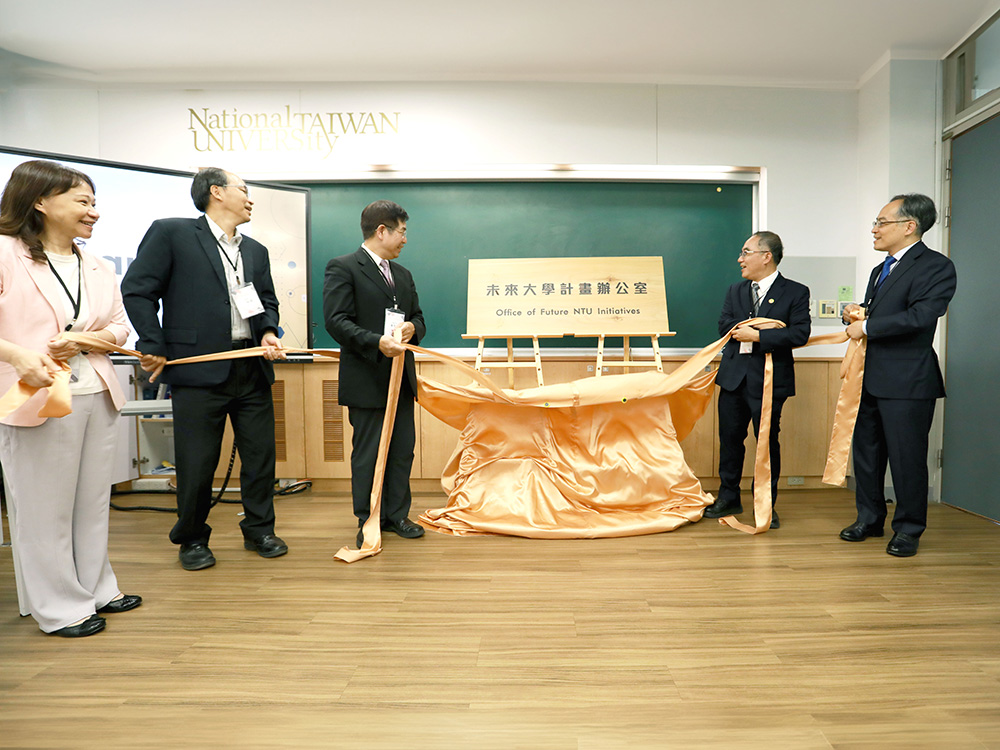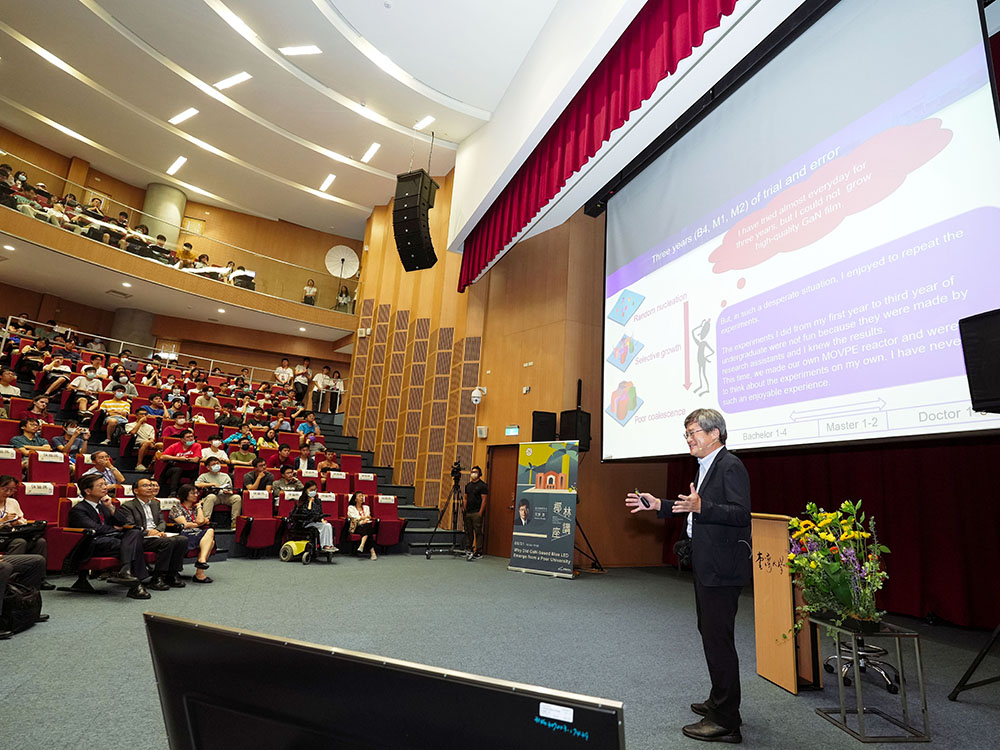
Inauguration of the Office of Future NTU Initiatives at National Taiwan University
瀏覽器版本過舊,或未開啟 javascript
請更新瀏覽器或啟用 javascript
Spotlights
A newly developed air/sea-observing buoy system was successfully deployed by NTU research vessel, R/V Ocean Researcher I, on 9 June 2015.
The data buoy, with real-time data transmission functionality, was moored at a "hot" spot for typhoon activity in the western North Pacific and captured Typhoons Linfa and Chanhom in early July.
On 9 June 2015, a newly developed Institute of Oceanography air / sea-observing buoy system, carried by NTU R/V Ocean Researcher I, was moored at a "hot" spot for typhoon activity in the west North Pacific, a location that measures 5500 m in depth and that is 400 km southeast of southern Taiwan (see a video of the deployment at http://po.oc.ntu.edu.tw/buoy/video.php). Right after the deployment, the buoy successfully sent its first set of air/sea data back to NTU. “To the best of our knowledge,” the Director of the Institute of Oceanography, Ching-Ling Wei (魏慶琳), said, “this is the first data-gathering buoy in the Asian seas that can observe and transmit the temperature and salinity of the ocean’s upper 500 m, as well as the air temperature, air pressure, wind, and moisture, at continuous intervals of 30 minutes.”
After the first observation and transmission, the buoy survived two typhoons in early July (Linfa and Chanhom) and successfully captured the typhoons’ data and the ocean's responses to the two typhoons. This carefully gathered, real-time data was provided in a timely manner to the Central Weather Bureau for potential applications. The figures corresponding to the data have been plotted and are open to public through the following link: http://po.oc.ntu.edu.tw/buoy/.

Inauguration of the Office of Future NTU Initiatives at National Taiwan University

Nobel Laureate Hiroshi Amano's Lecture Marks the Beginning of NTU Royal Palm Lecture Series

Opening Ceremony for the 112th Academic Year - Welcoming New Students to Become Part of the NTU Family

Vice President Shan-Chwen Chang was awarded the Third Class Order of Brilliant Star

Congratulations! Prof. Lou Pei-Jen receives 2023 National Excellent Teacher Award
Current Spotlights